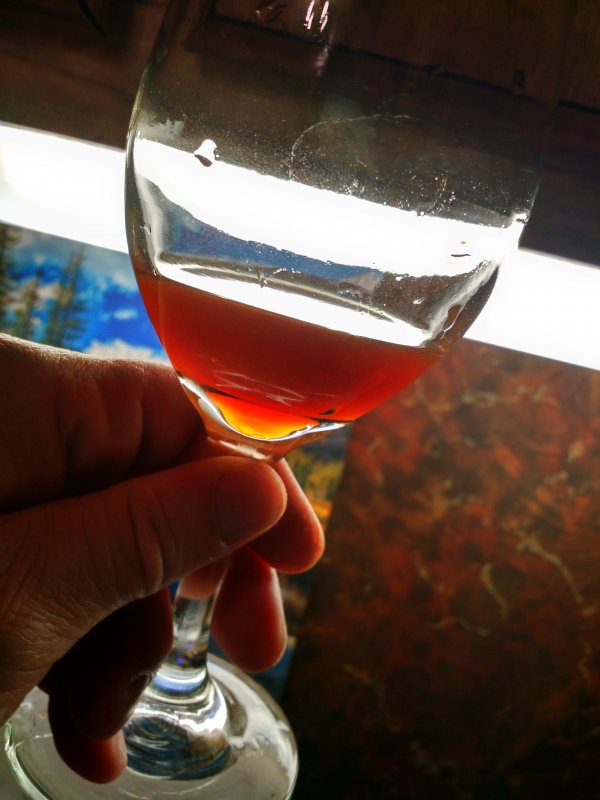Many beers used to be pasteurized, but I doubt many are any more. A while back (1970's?) micro-filters were developed that could remove yeast and other micro-organisms from the beer, eliminating the need for pasteurization, and the damage caused by the extra heating of the finished beer.
The story, as I understand it, is that Coors used to ship unpasteurized beer. They had limited distribution, so that they could insure that the beer was kept cold from brewery to store cooler. They then developed micro-porous ceramic filters that could remove the microbes. This change allowed them to extend their range of distribution, and expand nationally.
As a side hustle, since they had built their own factory to produce the filters, they also got into the business of selling ceramic substrates for electronic packaging. They were a major supplier to my first full time employer, and I had several visits to their operation in Golden, CO. Never got the opportunity to tour the brewery tho.

Brew on











![Craft A Brew - Safale S-04 Dry Yeast - Fermentis - English Ale Dry Yeast - For English and American Ales and Hard Apple Ciders - Ingredients for Home Brewing - Beer Making Supplies - [1 Pack]](https://m.media-amazon.com/images/I/41fVGNh6JfL._SL500_.jpg)

















































